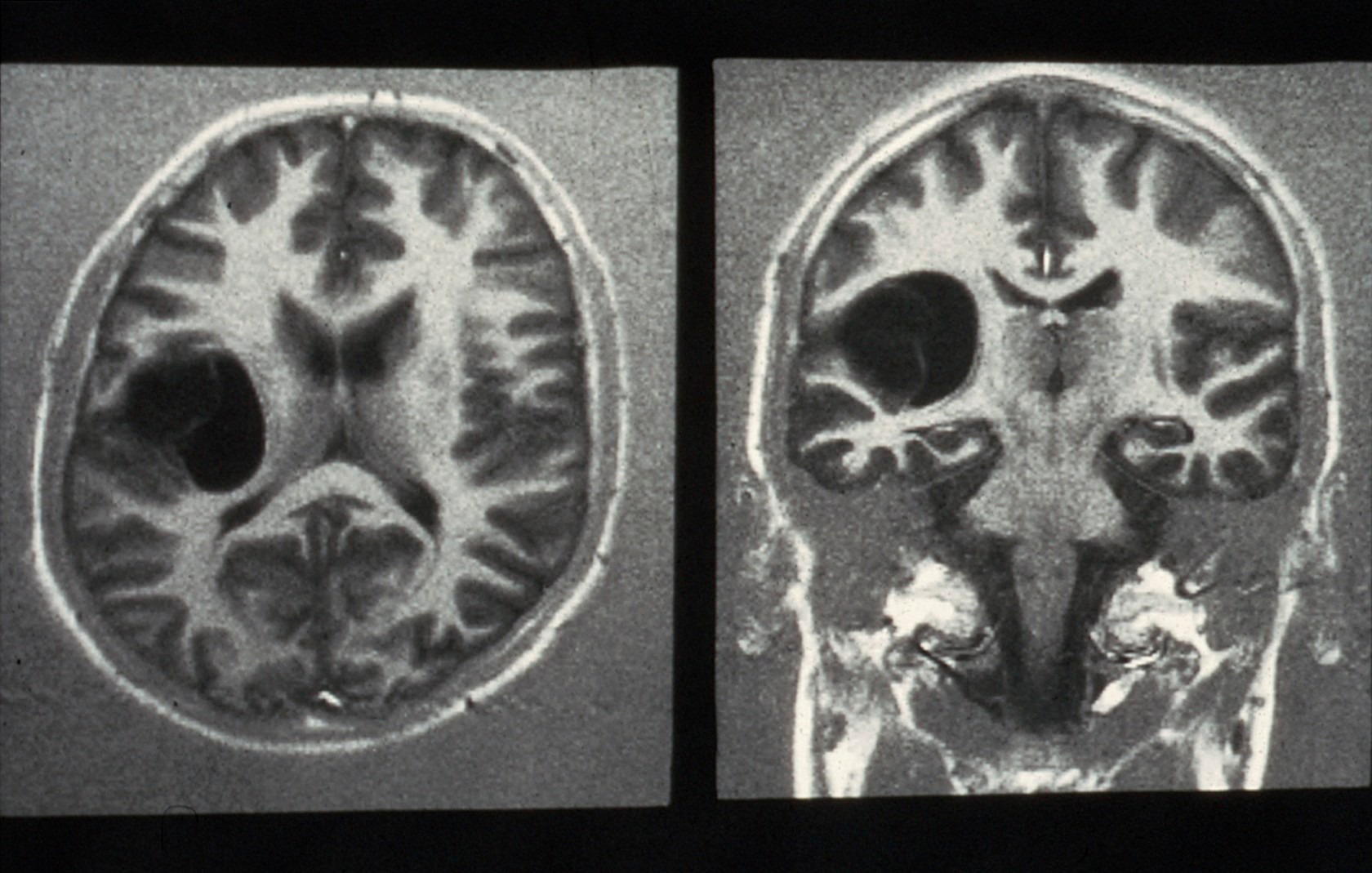
Background
Combination therapy is the primary treatment option against cancer, because multiple agents in combination, synergistically improve efficacy and are less prone to resistance due to their distinct action mechanisms. Despite these advantages, lack of tumor specificity continues to be a serious issue in combination therapy, thus resulting in a need to develop an efficient vehicle for targeted drug delivery.
Technology
Researchers at Stony Brook University have invented a robust tumor targeted drug delivery system (TTDDS) that consist of (a) triazine based tripod splitter module (b) two-drug payload feature (c) self immolative disulfide linkers for drug release, and (d) PEG linkers to improve solubility. Using biotin as a tumor targeting moiety and taxoid-camptothecin combination in the TTDDS, the in vitro data demonstrates a twofold improvement in selectivity and a cooperative effect in efficacy. Further Details: Vineberg et al., J. Med. Chem. 2014; 57, 5777-91 Vineberg et al., J. Med. Chem. 2015; 58, 2406-16 Seitz et al., Bioorg. Med. Chem., 2015; 23, 2187-94
Advantages
Applicable to a variety of two drug combinations Amenable to fluorescent coupling and PET, SPECT, and MRI imaging Deliver two different drugs to a tumor
Application
Tumor-targeting drug delivery and diagnosis
Inventors
Iwao Ojima, Distinguished Professor, Chemistry
Jacob Vineberg, Grad Research Assistant, Chemistry
Tao Wang, Senior Scientist, Chemistry
Licensing Potential
Licensing
Licensing Status
Available for License. Stony Brook University seeks to develop and commercialize, by an exclusive or non-exclusive license agreement and/or sponsored research, with a company active in the area.
Licensing Contact
Valery Matthys, Licensing Associate, Intellectual Property Partners, valery.matthys@stonybrook.edu,
Patent Status
Patent application submitted
US Utility Pending (# 15/127,083)
Tech Id
8613
